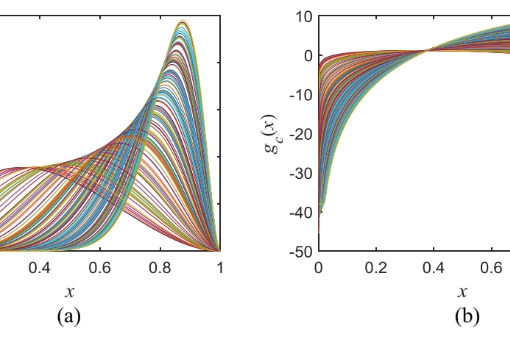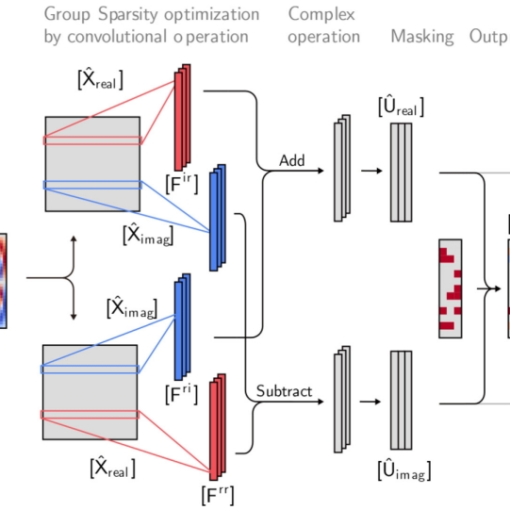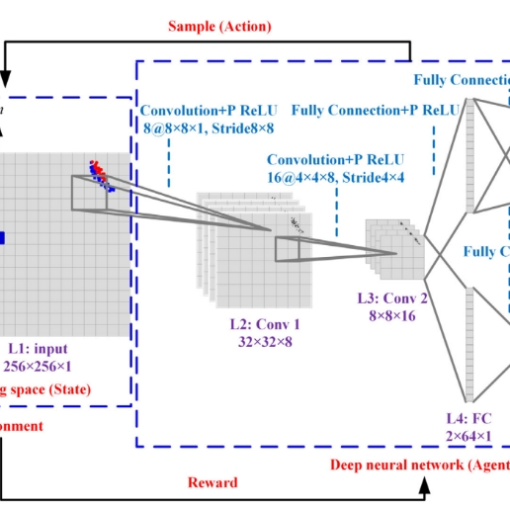Abstract: In this study, we propose a machine-learning-based approach to identify the modal parameters of the output-only data for structural health monitoring (SHM) that makes full use of the characteristic of independence of modal responses and the principle of machine learning. By taking advantage of the independence feature of each mode, we use the principle of unsupervised learning, making the training process of the deep neural network becomes the process of modal separation. A self-coding deep neural network is designed to identify the structural modal parameters from the vibration data of structures. The mixture signals, that is, the structural response data, are used as the input of the neural network. Then we use a complex loss function to restrict the training process of the neural network, making the output of the third layer the modal responses we want, and the weights of the last two layers are mode shapes. The deep neural network is essentially a nonlinear objective function optimization problem. A novel loss function is proposed to constrain the independent feature with consideration of uncorrelation and non-Gaussianity to restrict the designed neural network to obtain the structural modal parameters. A numerical example of a simple structure and an example of actual SHM data from a cable-stayed bridge are presented to illustrate the modal parameter identification ability of the proposed approach. The results show the approach’s good capability in blindly extracting modal information from system responses.




